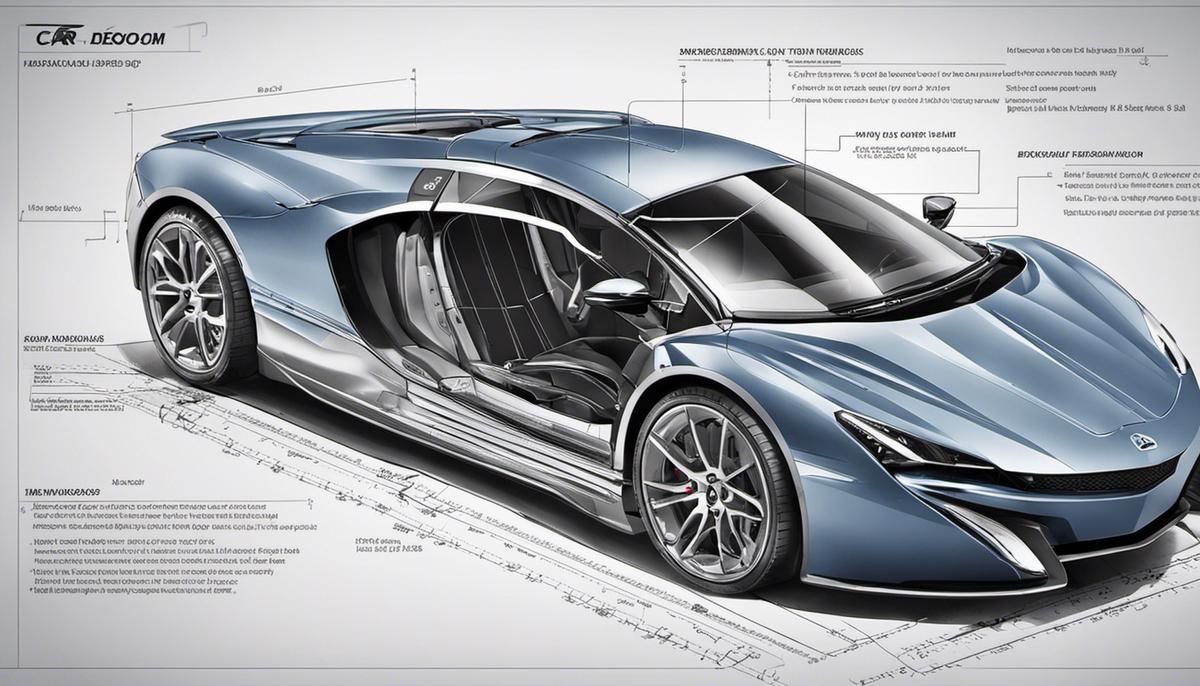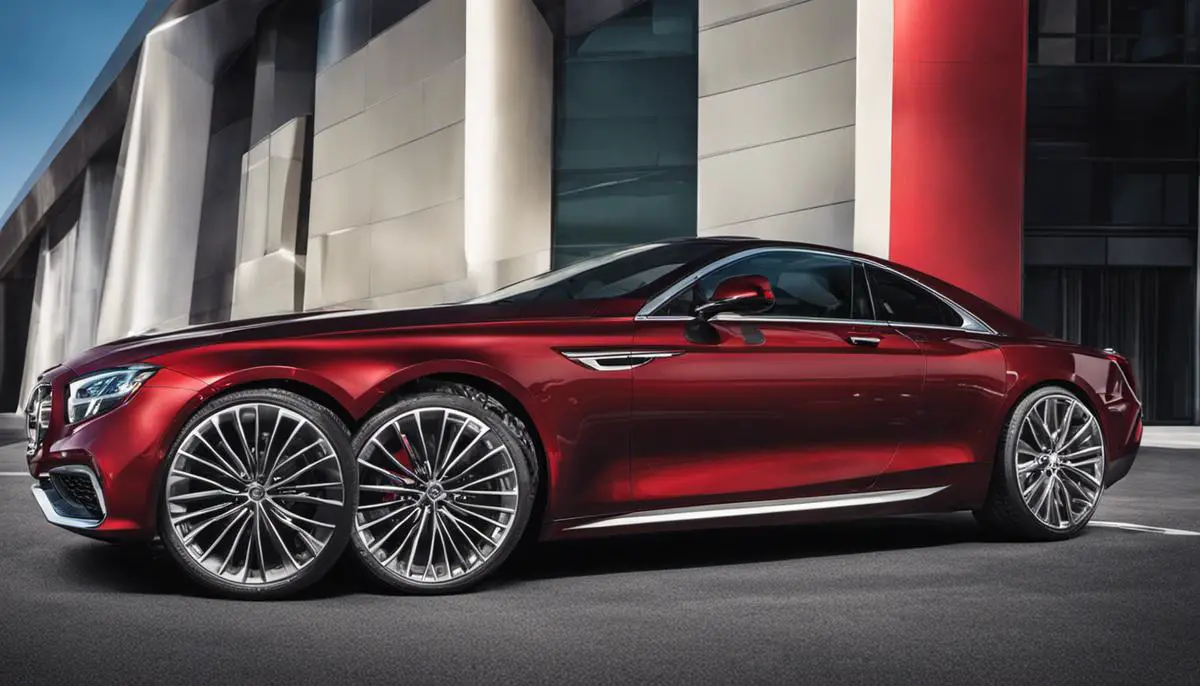The vast diversity seen in the automobile industry is a result of myriad factors, with one paramount element being the contrasting mechanics of car design and its implications on aspects like legroom and headroom. A spectrum illustrating compact cars to SUVs lays bare the essence of differing design philosophies and technological constraints that automakers navigate. Furthermore, the ever-progressing tide of technological advancements significantly alters the car interior landscape, crafting novel possibilities in space management and comfort. Unveiling these varying aspects, this discourse will journey through the intricate dynamics of car design, the impact of technology, and ultimately, the potent influence of consumer demand and comfort preferences on the design of car interiors.
Contents
The Mechanics of Car Design
Welcome, Tech enthusiasts! Let’s talk about a considerable intersection between car design technology and our everyday convenience – yes, we are diving straight into the concept of legroom and headroom in vehicles. Seemingly simple aspects, yet heavily influenced by car design, these basics make all the difference in choosing a vehicle – notably for those who prioritize comfort or happen to be a tad taller than average. It’s tech meeting practicality in a very real way indeed.
So, how does legroom and headroom relate to car design? It all starts with the vehicle’s architecture. In essence, the car’s overall shape determines the available volume for occupants, which in turn influences the legroom and headroom.
Take, for instance, the framework of most sedans or coupes. These cars typically have a sleek, low-lying design with a downwards sloping roofline towards the rear. Such a structure can limit the headroom, particularly for folks in the backseat. On the contrary, some SUVs, minivans, and hatchbacks adopt a box-like structure, boasting a more upright shape and a higher roof. These vehicles usually provide greater amounts of headroom across all seating positions, catering to taller passengers.
Moving towads legroom, we find that vehicle length and interior arrangement significantly come into play. Larger vehicles inevitably provide more legroom due to their increased length. However, intelligent design can somewhat overcome size constraints in compact cars, too. Designers often tackle this problem by modifying seat designs or smartly configuring the interior layout – recessing the seating areas into the vehicle’s structure, manipulating dashboard shapes, or stratetically placing controls. Adopting these approaches offers more leg-stretching space, even in cars with a smaller footprint.
Another noteworthy point is the role of vehicle platforms – the shared underpinnings or frameworks used by different car models from the same manufacturer. Platforms greatly influence a vehicle’s external dimensions and, subsequently, the interior cabin space. When automakers utilize versatile and flexible platforms, they can offer varying headroom and legroom options across different vehicles.
Automated adjustability features driven by modern technology also contribute to accommodating varied passenger requirements concerning legroom and headroom. Think of power-adjustable seats or steering wheels adaptability – these features are not only embedded for luxury but serve a more personal purpose, favoring individuals with different height or legroom preferences.
Our understanding and appreciation of technology should not be limited to the software or hardware that powers our devices. It also encompasses intentionally designed everyday products like cars. Design establishes the framework for function, directly impacting how effectively a product or service meets individual needs. In the case of legroom and headroom in cars, design dictates convenience, comfort, and quite literally, the room to breathe. As technology evolves, we anticipate advancements that further such comfort-focused innovations, molding car designs that suit every individual, irrespective of their height or seating preference. In the meantime, enjoy the ride!
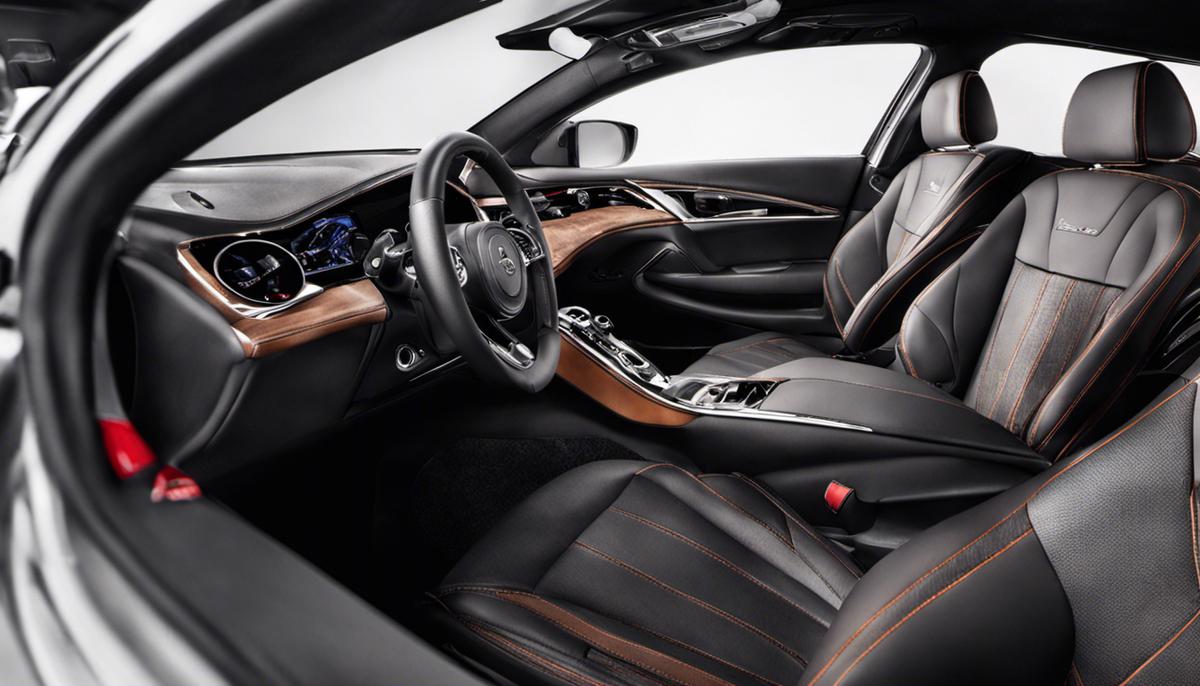
Technological Advancements and Car Interiors
Newly emerging tech innovations stand at the front lines of enhancing comfort and maximizing interior space within automotives. They come as a quintessential solution to not just bettering vehicle dexterity but also as a remedy to traditional challenges faced by the auto industry. In an era where the digital transformation has encumbered all sectors, it’s no surprise that automakers are resorting to groundbreaking tech solutions to bolster the spatial efficiency in their automobiles.
Interior digitalization is a pioneering tech advancement significantly impacting the strategic optimization of interior car space. With vis-à-vis digital displays taking the center stage, the need for physical amenities like buttons or knobs is rendered obsolete, hence offering more available space. The escalation towards a digitized cockpit is undeniable. Tesla’s minimalist, experiencing-focused interior design is a prime example of tech innovation reshaping the cabin space.
The implementation of advanced lightweight materials comes as another thrilling tech advancement. These materials such as carbon fiber composites, serve up strength and durability while weighing less, which contributes to the enlargement of interior spaces. The tech-industy darling, electric vehicle (EV) technology, plays a massive role in this context as well. With the battery pack lying flat under the vehicle floor and electric motors being more compact than conventional engines, EVs inherently have more cabin space to offer.
The advent of the autonomous driving tech presents an invigorating opportunity to rethink the vehicle’s interior design. As AI and sensors take control, traditional items like the steering wheel can be eliminated or redesigned to a more compact model that retracts when not in use, creating a wealth of additional room. Self-driving technology essentially transforms the car into a mobile living room. You could have a discussion face-to-face with the passenger, relax or even sleep.
Holographic technology is a tech phenomenon gaining traction within the automobile industry. Renowned automakers are harnessing this futuristic technology to integrate features directly into the windshield, eliminating the need for physical systems and creating more unoccupied space throughout the interior.
In conclusion, advancements in tech solutions offer an inexhaustible mine of possibilities to maximize vehicle interior space. Cutting-edge technology has invaded the auto-industry, proving indispensable to the alteration and betterment of car architecture. The tech revolution allows for an intriguing look at what the future beholds for vehicle designs towards spatial efficiency. Undoubtedly, technology is the catalyst driving this drastic shift in interpretative vehicle designs, delighting car consumers with increased interior expansivity.
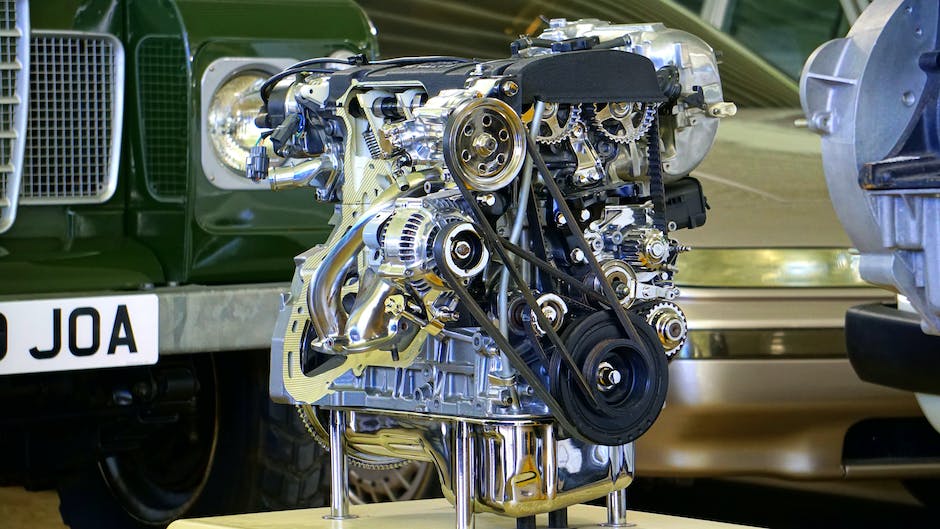
Consumer Demand and Comfort Preferences
Adapting Vehicle Interior Design to Consumer Demand and Comfort Cravings
Understanding human behavior, tastes, and demands are paramount in designing the interiors of modern cars. While comfort remains a significant element in consumer choice, there’s been an increasing shift towards a more aesthetic, functional and technologically integrated car interior.
Entering the era of the ‘smart’ car, the interior digitalization of vehicles is noteworthy. Minimalist design, through the removal of physical buttons and switches, has become a dominating trend, influenced directly by the consumer’s appetite for sleek and intuitive interfaces. The replacement of traditional buttons with touchscreen displays parallels the usage of smartphones, offering a familiar interaction method. This not only offers aesthetic appeal but fosters user-friendly experiences.
There’s also been a shift towards using advanced lightweight materials for car interiors in response to demands for weight reduction and improved fuel efficiency. Lighter materials such as carbon fiber, aluminium, and thermoplastics have made their way into modern vehicle interiors, enhancing overall vehicle performance while also providing an upscale, luxurious feel.
Electric vehicles (EVs) are a game changer in terms of interior design. The placement of batteries within the vehicle floor and the absence of traditional combustion engines have resulted in substantial increases in interior cabin space. Given that EVs are typically quieter, insulation materials can also be minimized, freeing up additional space for comfort and utility.
The shift towards autonomous driving technology devises all-new insights into the realm of car interiors. With the potential to turn vehicle cabins into mobile living spaces or offices, the emphasis is on greater space and usability. Partition walls, rotating seats and extendable workstations are no longer science fiction, but foreseeable amenities in the near future.
Holographic technology, although still in its nascent stage, offers fascinating prospects for car interiors. Unlike traditional interfaces, these systems don’t occupy physical space, paving the way for more uncluttered and spacious vehicle interiors.
Finally, the intersection of aesthetics, ergonomics, and technology has resulted in an emphasis on spatial efficiency. Swiveling seats, sliding doors, modular cabins, and various other design innovations have become the norm rather than the exception.
In conclusion, understanding consumer demand and ensuring comfort are at the heart of modern car interior design. The emergence of digitalization, advanced materials, EV technology, and autonomous driving has reshaped traditionally held views of car interiors, making the drive a memorable, comfortable, and efficient experience. With rapid strides in technology and changing consumer preferences, this is an exciting time to witness the impact of technology on vehicle design.
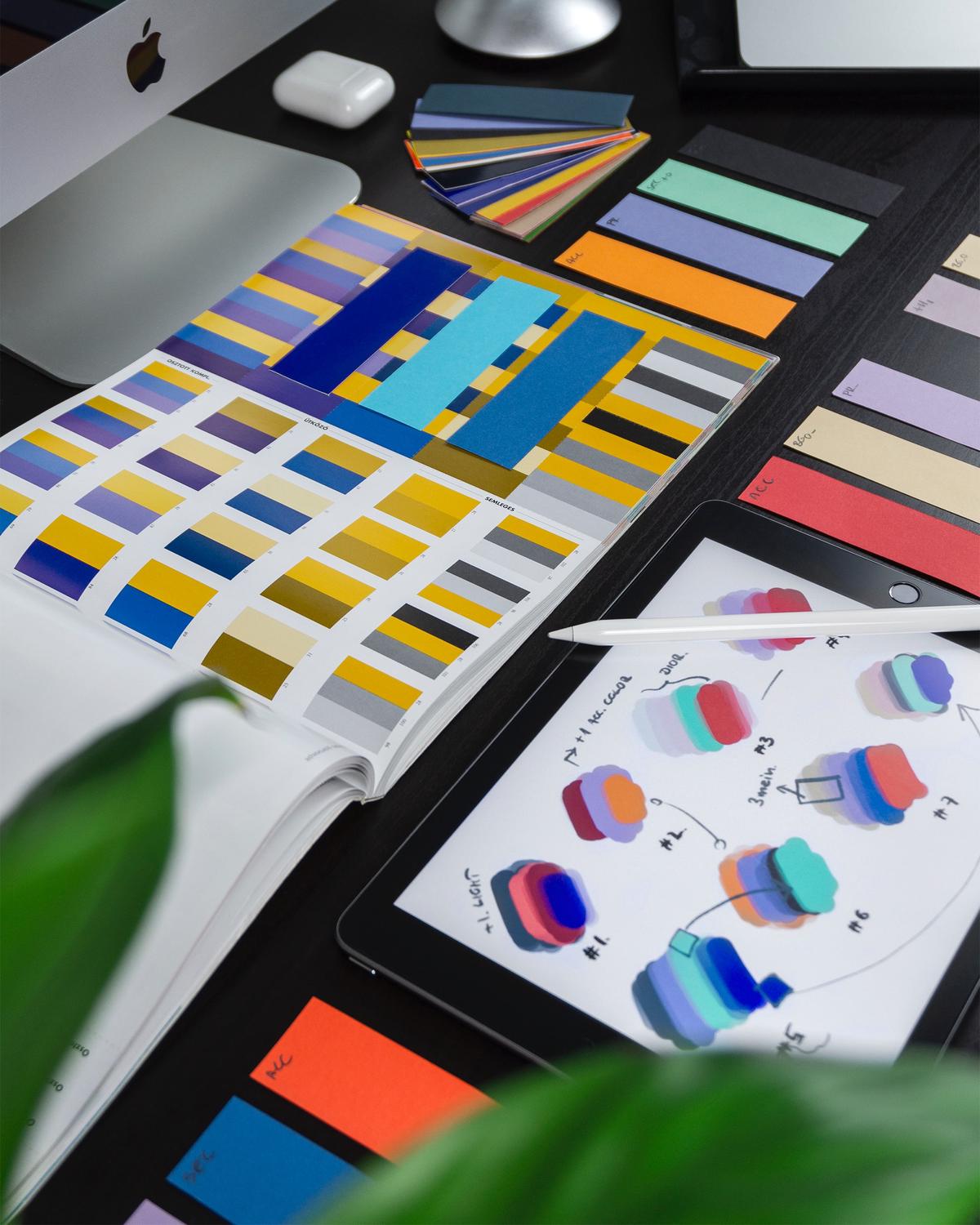
Photo by balazsketyi on Unsplash
Unraveling the complexities of car design, the mechanics reveal how different cars offer varying amounts of legroom and headroom. Technological advancements provide novel solutions to spatial challenges, emphasizing that these disparities are not a mere product of physical constraints. Meanwhile, consumer demand and comfort preferences iterate the significance of cultural, geographical, and demographic influences, asserting that interior space isn’t merely a matter of physical reality, but a design element intricately bound with the evolving customer preferences and comfort levels. Summing up, while the car design dynamics seem to embroil within a whirl of complexities, the narrative stands clear – catering to diverse consumer demands and maximizing comfort is the ultimate linchpin governing the industry’s foray into space management inside vehicles.
